Understanding Vape Juice Ingredients: What's in Your E-Liquid?
- Posted on
- 0

Vape juice, or e-liquid, typically consists of four main components: propylene glycol (PG), vegetable glycerin (VG), nicotine, and flavoring compounds. PG enhances flavor delivery and provides throat hit, while VG produces thicker vapor clouds and a smoother experience.
Nicotine content varies widely, ranging from 0 to 50 mg/mL, with nicotine salts offering a smoother absorption process. Over 7,000 unique chemicals are used to create diverse flavors, though their safety when inhaled as aerosols remains doubtful. Understanding these ingredients is vital for vapers, as they greatly impact the overall vaping experience and potential health implications. Further exploration of each component reveals additional insights into e-liquid composition and its effects.
Key Takeaways
-
E-liquids primarily consist of propylene glycol (PG), vegetable glycerin (VG), nicotine, and flavoring compounds.
-
PG enhances flavor delivery and throat hit, while VG produces thicker vapor clouds and a smoother experience.
-
Nicotine content varies widely, from 0 to 50 mg/mL, with nic salts offering smoother absorption at higher concentrations.
-
Over 7,000 unique chemicals are used for flavoring, but their safety when inhaled as aerosols is questionable.
-
E-liquid composition affects vapor production, throat hit, flavor intensity, and potential health risks associated with vaping.
Propylene Glycol (PG)
Propylene glycol (PG), a key component in vape juice formulations, is a clear, odorless, and slightly sweet liquid that serves as a primary diluent in e-liquids. PG enhances flavor delivery and provides a pronounced throat hit, making it ideal for those who prioritize flavor intensity in their vaping experience.
Understanding the PG/VG ratios and their effects can help users choose the right e-liquid for their preferences. The FDA considers propylene glycol generally safe, though long-term inhalation effects remain uncertain.
E-liquids with higher PG content offer improved flavor compared to those with higher vegetable glycerin levels. PG's properties facilitate e-liquid flow through vaping devices.
Vegetable Glycerin (VG)
Vegetable glycerin (VG), the second primary component in vape juice formulations, is a viscous, clear, and odorless liquid with a slightly sweet taste. VG plays an essential role in e-liquid composition, producing thicker vapor clouds and providing a smoother vaping experience. However, it may diminish flavor intensity compared to propylene glycol (PG).
| Characteristic | VG | PG |
|---|---|---|
| Vapor Production | High | Low |
| Throat Hit | Mild | Strong |
| Flavor Intensity | Lower | Higher |
| Viscosity | High | Low |
| Sweetness | Slight | None |
VG's generally safe profile makes it a preferred choice for those seeking control over their vaping experience.
Nicotine Content
Nicotine content in e-liquids varies greatly, with concentrations ranging from 0 mg/mL to 50 mg/mL, though legal limits may apply in certain regions. The nicotine strength directly influences the amount of nicotine delivered per puff, affecting the user's absorption and physiological response.
As noted, nicotine strength selection is often influenced by personal smoking history, which can play a pivotal role in user satisfaction. Nicotine salts, a newer formulation, offer a smoother vaping experience compared to traditional freebase nicotine, potentially altering the overall effects and user satisfaction.
Nicotine Strength Variations
When considering e-liquid formulations, nicotine strength variations play a critical role in user experience and satisfaction. E-liquids offer a range of nicotine concentrations, from 0% to 5%, with higher nicotine strengths delivering more potent effects per puff.
The health impacts of vaping highlight the importance of understanding nicotine levels in relation to potential health risks. Nicotine salts provide a smoother throat hit and allow for higher concentrations. Ideal strength depends on individual factors, necessitating careful monitoring to avoid excessive intake and potential side effects.
Absorption and Effects
The absorption and effects of nicotine in e-liquids are pivotal factors influencing user experience and potential health outcomes. Nicotine's rapid absorption and dopamine release contribute to its addictive nature.
The composition and strength of e-liquids, including factors such as e-liquids function, play a significant role in how users experience nicotine. Key points:
- Nicotine reaches the brain within 10 seconds
- Higher-powered devices deliver more nicotine
- Nicotine salt e-liquid provides faster absorption
- High nicotine strengths can cause side effects
- Concentration ranges from 0% to 50 mg/mL
These factors underscore the importance of understanding nicotine content and its impact on vaping experiences.
Flavoring Compounds
Flavoring compounds are a critical component of e-liquids, with over 7,000 unique chemicals utilized to create the vast array of vape juice flavors available on the market. While these flavoring compounds are often used in food products, their safety when inhaled as aerosols is questionable. Research has revealed potential health risks associated with certain flavor additives:
| Compound | Risk | Study |
|---|---|---|
| Diacetyl | Serious lung disease | Harvard, 2015 |
| Vanillin | Toxic compound formation | High-heat decomposition |
| Benzaldehyde | Formaldehyde production | High-heat decomposition |
Nic Salts Explained
Nic salts offer a smoother nicotine absorption process compared to traditional freebase nicotine, resulting in a less harsh vaping experience. This protonated form of nicotine allows for higher concentration options, typically ranging from 20-50 mg/mL, which can be beneficial for smokers shifting to vaping.
The unique properties of nic salts make them particularly suitable for use in low-wattage devices and pod systems, providing a nicotine delivery mechanism that more closely mimics the sensation of smoking traditional cigarettes.
Smoother Nicotine Absorption
As vaping technology has evolved, nicotine salts have emerged as a significant innovation in e-liquid formulation. Nicotine salt e-liquid contains nicotine extracted from tobacco combined with a mild acid, offering:
- Smoother vaping experience
- Less intense throat hit
- Improved absorption by the body
- Reduced throat irritation for shifting smokers
- Different physical feedback compared to freebase nicotine
This formulation allows for a more efficient nicotine delivery system, potentially enhancing satisfaction for users seeking a controlled vaping experience.
Higher Concentration Options
The landscape of vaping options has expanded considerably with the introduction of nicotine salt e-liquids, which offer higher concentration alternatives for users seeking more potent nicotine delivery.
These e-liquids can contain up to 50 mg/mL of nicotine, markedly higher than traditional freebase formulations. The unique properties of nicotine salts allow for smoother absorption, enabling users to consume higher concentrations without experiencing the harsh throat hit associated with high-strength freebase nicotine e-liquids.
Cooling Agents
Rejuvenation and smoothness are key factors in the vaping experience, often achieved through the use of cooling agents in e-liquid formulations. These additives, including menthol and Koolada, provide:
- A revitalizing, cooling sensation
- Reduced vapor harshness
- Enhanced overall vaping experience
- Smoother throat hit in nicotine salt e-liquids
- Gentle cooling without noticeably altering flavor profiles
Cooling agents in e-liquids are generally considered safe, as they are identical to compounds used in food and personal care products. Their inclusion allows for precise control over the vaping sensation.
Additives and Diluents
Within the domain of e-liquid formulation, additives and diluents play a pivotal role in determining the overall characteristics and performance of vape juice. The primary e-liquid ingredients, propylene glycol (PG) and vegetable glycerin (VG), are carefully balanced to achieve desired effects:
| Component | Function | Characteristic |
|---|---|---|
| PG | Flavor carrier | Thin, strong throat hit |
| VG | Vapor production | Thick, smooth inhale |
| Distilled water | Thinning agent | Improves flow |
Popular E-Liquid Brands
Popularity in the e-liquid market is often driven by brands that consistently deliver high-quality products and accurately replicated flavors. Three prominent brands exemplify this:
- Naked 100: Modern production for consistency
- Drip More: Accurate candy flavor replication
- Air Factory: Taffy-inspired, diverse range
- All three: Known for quality and accuracy
- Collectively: Among most popular vape juice brands
These brands have earned reputations for superior products, utilizing precise ingredients and manufacturing processes to create vape juices that meet consumer demands for authentic flavors and consistent quality.
Frequently Asked Questions
What Are the Ingredients in Vape Ejuice?
Vape e-juice consists of propylene glycol (PG), vegetable glycerin (VG), nicotine, and flavorings. These components can be adjusted to create diverse flavor profiles, nicotine strengths, and VG/PG ratios, allowing users to customize their vaping experience precisely.
What Are the 4 Ingredients Typically Found in Vaping Liquids?
The four primary components of vaping liquids are propylene glycol, vegetable glycerin, nicotine, and flavorings. Glycerin content and nicotine concentration can be adjusted, while flavor composition varies. These ingredients allow for precise control over the vaping experience.
What Are Some Toxic Ingredients Found in Vape Juice?
Toxic ingredients in vape juice include carcinogenic formaldehyde, acrolein causing lung damage, and benzene from emissions. Heavy metal toxicity, particularly cadmium, poses respiratory risks. Diacetyl concerns persist due to its association with severe lung disease ("popcorn lung").
Do All Vape Juices Contain Propylene Glycol?
Not all vape juices contain propylene glycol. Some formulations utilize 100% vegetable glycerin or varied PG/VG ratios. Nicotine content levels and common flavoring agents can be incorporated into either base, offering diverse options for users seeking specific vaping experiences.
Conclusion
In summary, e-liquid composition is complex and variable, with key components including propylene glycol, vegetable glycerin, nicotine, and flavorings. The presence of nic salts, cooling agents, and various additives further diversifies the formulations. Comprehending these ingredients is pivotal for consumers and researchers alike, as it impacts both user experience and potential health effects.
At K Town Vapour Lounge, we prioritize offering a wide range of high-quality e-liquids with transparent ingredient information. Continuous research into e-liquid constituents and their long-term impacts remains indispensable for thorough risk assessment and informed regulation of vaping products, which is why our store stays up-to-date with the latest industry developments.


Comments
Be the first to comment...